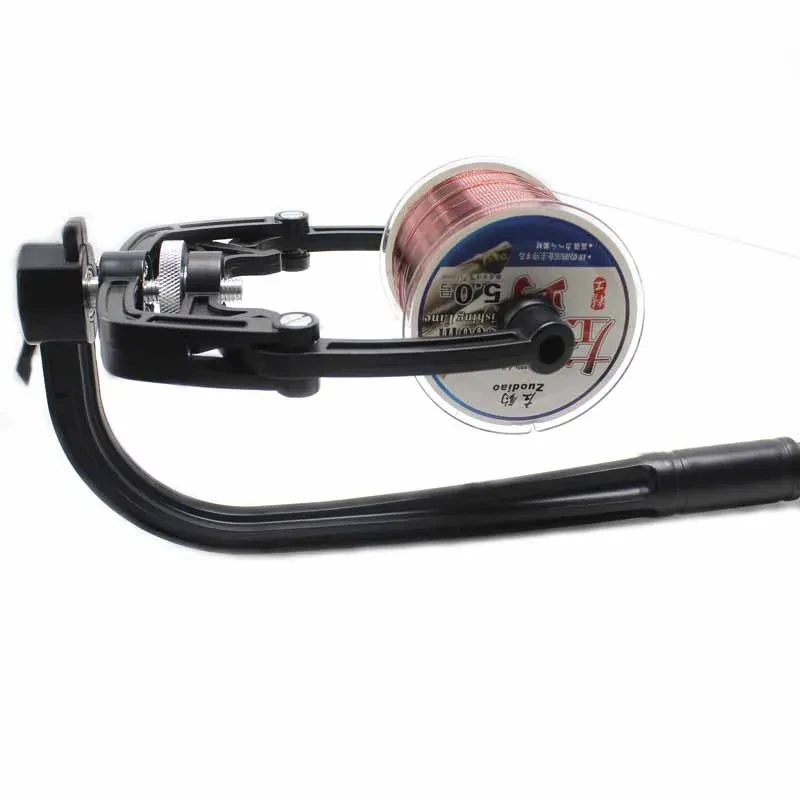
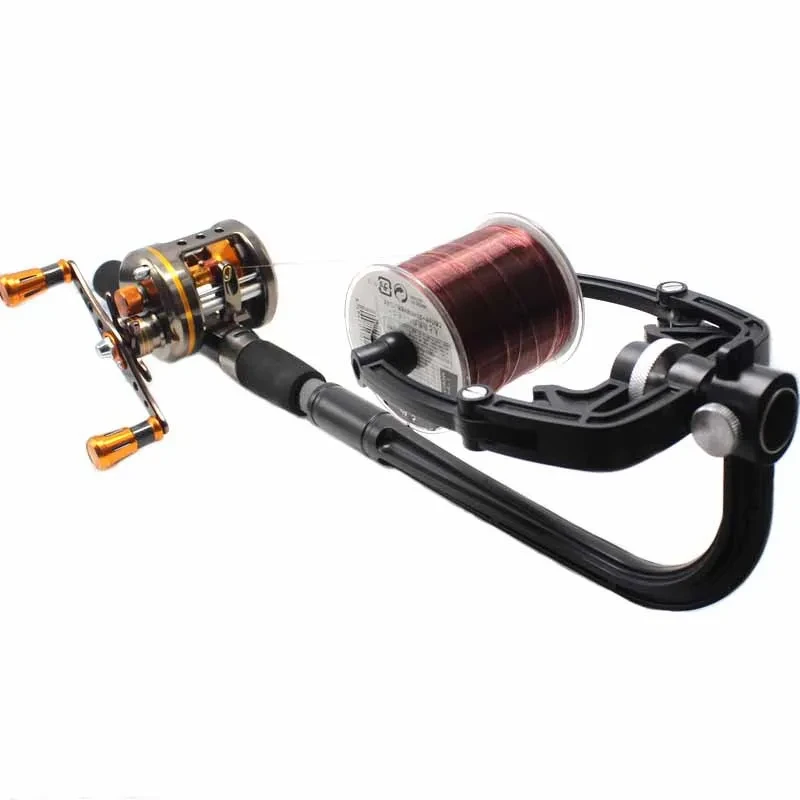
.webp)
Fishing reel
Fishing Reel: The Ultimate Tool for Every Angler
Introduction
The fishing reel is a critical piece of equipment for every angler, providing the control and efficiency needed to catch fish with ease. Whether you’re a seasoned professional or just getting started with your fishing journey, a high-quality fishing reel is essential for smooth casting, accurate retrieval, and long-lasting performance. Designed to pair seamlessly with your fishing rod, the fishing reel enables you to cast your line, reel in fish, and handle various fishing conditions with precision.
Available in a variety of types, such as spinning reels, baitcasting reels, and fly reels, the fishing reel you choose depends on the fishing style, species, and environment. In this guide, we’ll explore the features and benefits of different fishing reels, so you can choose the right one for your next fishing adventure.
Types of Fishing Reels
1. Spinning Reels
Spinning reels are the most popular and beginner-friendly type of fishing reel. These reels are designed for easy casting and versatility, making them ideal for various fishing styles, from shore fishing to boat fishing. Spinning reels feature an exposed spool and a fixed rotor that supports the line as it’s cast.
- Perfect for beginners: Spinning reels are straightforward to use, making them an excellent choice for beginners.
- Versatile: Suitable for light to medium tackle and perfect for freshwater fishing in lakes, rivers, or streams.
- Smooth casting: The fixed spool and line guide system ensure smooth and accurate casts, making it easy to catch fish with minimal effort.
2. Baitcasting Reels
Baitcasting reels are designed for precision casting and are favored by experienced anglers who require more control over their fishing techniques. These reels offer higher line capacity, increased casting distance, and greater power when reeling in larger fish.
- Ideal for advanced anglers: Baitcasting reels require more skill to use effectively, as they involve a rotating spool that controls the line.
- Greater power: These reels are designed to handle heavier tackle and larger fish, making them perfect for targeting species like bass, pike, and catfish.
- Precision control: Offers better accuracy in casting and more control when fighting fish, especially in saltwater environments.
3. Fly Reels
Fly reels are used in fly fishing, where anglers use artificial flies to attract fish. These reels are designed to hold special fly fishing lines and allow for smooth retrieval during long-distance casting. Fly reels are lightweight, easy to operate, and can handle the unique casting techniques used in fly fishing.
- Ideal for fly fishing: Perfect for fishing in rivers, streams, and still waters where precision casting and a light touch are required.
- Quick line retrieval: Fly reels are built to retrieve long fly lines quickly, providing enough space to manage a large amount of line.
- Simple drag systems: Most fly reels come with an uncomplicated drag system, offering smooth performance without compromising on line control.
4. Spincast Reels
Spincast reels combine the ease of use of spinning reels with a more enclosed design. The sealed spool prevents tangles, making these reels easy to operate and maintain. Spincast reels are great for beginners who want a simple, no-fuss fishing experience.
- User-friendly: The simple design makes spincast reels a good choice for casual anglers or children learning to fish.
- Tangle-free operation: With the spool enclosed, the line is protected from tangling, making it easier to manage.
- Ideal for light tackle: Perfect for freshwater fishing with smaller lures and bait.
Features to Consider When Choosing a Fishing Reel
1. Gear Ratio
The gear ratio of a fishing reel refers to how many times the spool turns with each full rotation of the handle. A higher gear ratio means faster retrieval speed, which is ideal for certain fishing techniques like jigging or fast retrieval. A lower gear ratio provides more torque, making it easier to reel in heavy fish.
- High gear ratio (e.g., 6:1 or higher): Ideal for quick, efficient retrieval, often used in spinning reels and baitcasting reels for active fishing.
- Low gear ratio (e.g., 3:1 to 4:1): Offers more power for fighting larger fish and is better for bottom fishing or deep-sea fishing.
2. Drag System
The drag system in a fishing reel controls the amount of resistance the reel applies to the line while a fish pulls. A high-quality drag system provides smooth resistance, which helps prevent the line from snapping when a fish pulls hard.
- Front drag: Located near the spool, providing more precise control for fast retrievals.
- Rear drag: Positioned at the rear of the reel, offering easier adjustment and smoother control for light tackle.
3. Line Capacity
The line capacity of a reel refers to how much fishing line the spool can hold. A larger line capacity is ideal for saltwater fishing or when targeting larger species, while a smaller capacity is suitable for light tackle fishing in freshwater environments.
- Larger capacity: Perfect for fishing with heavier line or when targeting big game fish in deep-sea fishing.
- Smaller capacity: Ideal for light tackle and spinning reels used for shallow water fishing or small fish species.
4. Material and Build
Fishing reels are made from different materials, including aluminum, carbon fiber, composite plastics, and stainless steel. The material affects the reel's weight, durability, and corrosion resistance, making it important to choose a reel that suits your fishing environment.
- Aluminum: Lightweight and durable, ideal for saltwater fishing.
- Carbon fiber: Strong and lightweight, commonly used in high-end reels for added strength and precision.
- Stainless steel: Provides corrosion resistance and durability, especially for saltwater environments.
5. Bearings
The number of bearings in a fishing reel affects its smoothness and efficiency. More bearings generally lead to a smoother operation, improving the casting and retrieval experience.
- More bearings: Provides a smoother reel operation, allowing for easier casting and retrieval.
- Fewer bearings: Generally found in lower-priced reels but can still offer good performance for casual anglers.
Why Choose a Quality Fishing Reel?
Investing in a quality fishing reel provides several benefits for both novice and experienced anglers:
- Smooth Operation: High-quality reels offer smooth casting and retrieval, reducing friction and improving the overall fishing experience.
- Reliability: Durable reels last longer and withstand harsh conditions, such as saltwater exposure or heavy use.
- Increased Efficiency: With the right reel, you’ll be able to cast farther, reel in faster, and fight fish more effectively.
- Better Fish Control: A good drag system and reliable bearings give you control over your catch, helping you bring in more fish successfully.
Conclusion
The fishing reel is an indispensable tool for every angler, whether you're targeting small fish in a local pond or hunting big game fish in the open ocean. With various types of reels available, such as spinning, baitcasting, fly, and spincast, choosing the right reel for your fishing style is key to a successful fishing trip. Look for a reel with the features that meet your needs, such as the right gear ratio, drag system, line capacity, and material for your target species and fishing environment.
By selecting the perfect fishing reel, you’ll have better control over your fishing experience and increase your chances of landing the perfect catch every time.
Only sell wire taOnly the tangles are sold. The fishing line fishing rods in the picture are for display only.
Length 18 cm * width 12.3 cm * height 8 cm
Material PVC
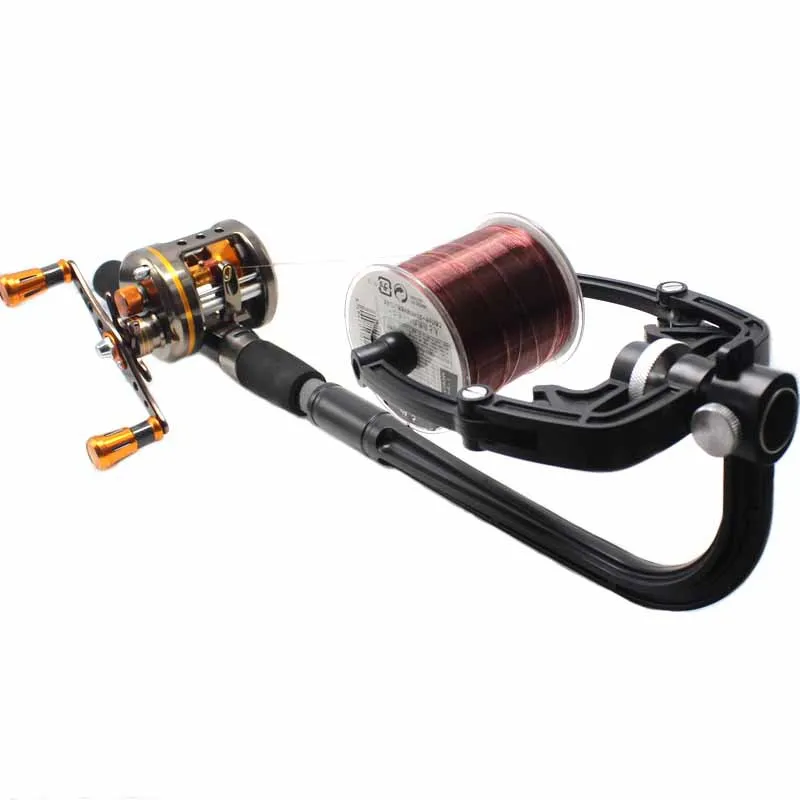
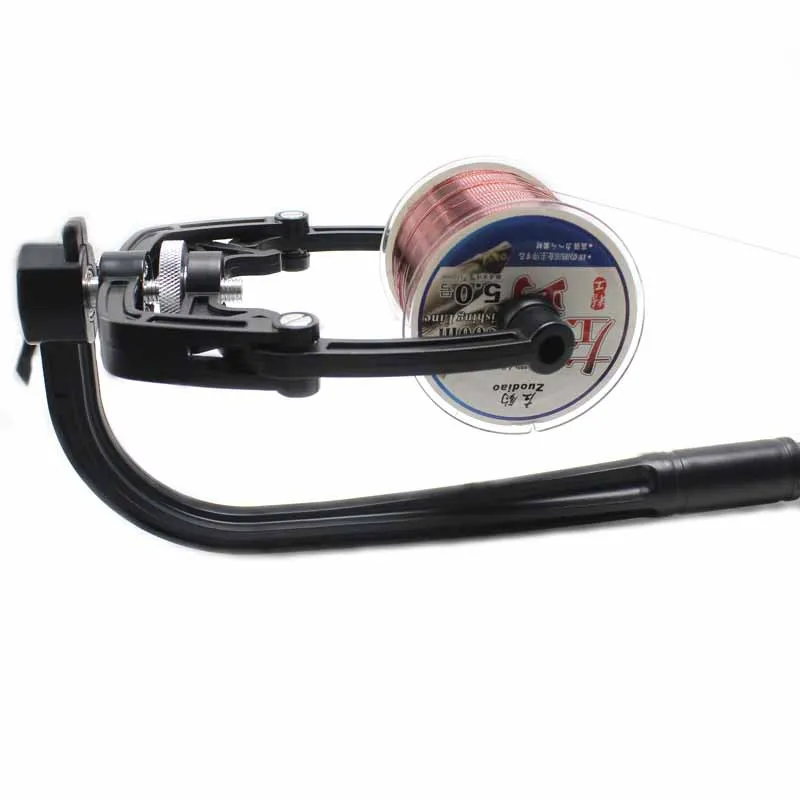
The product may be provided by a different brand of comparable quality.
The actual product may vary slightly from the image shown.
Shop amazing plants at The Node – a top destination for plant lovers

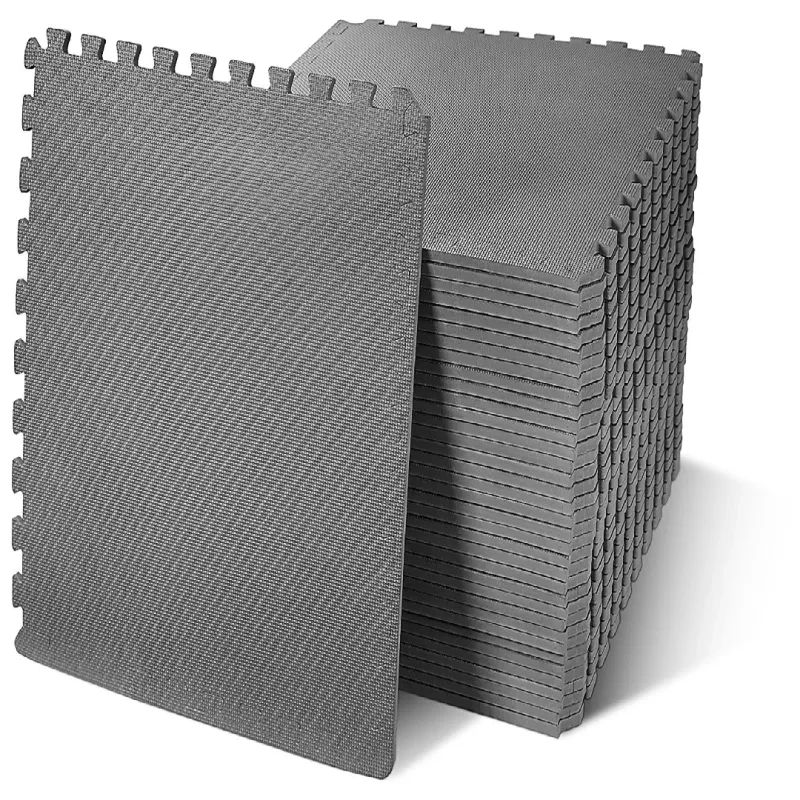



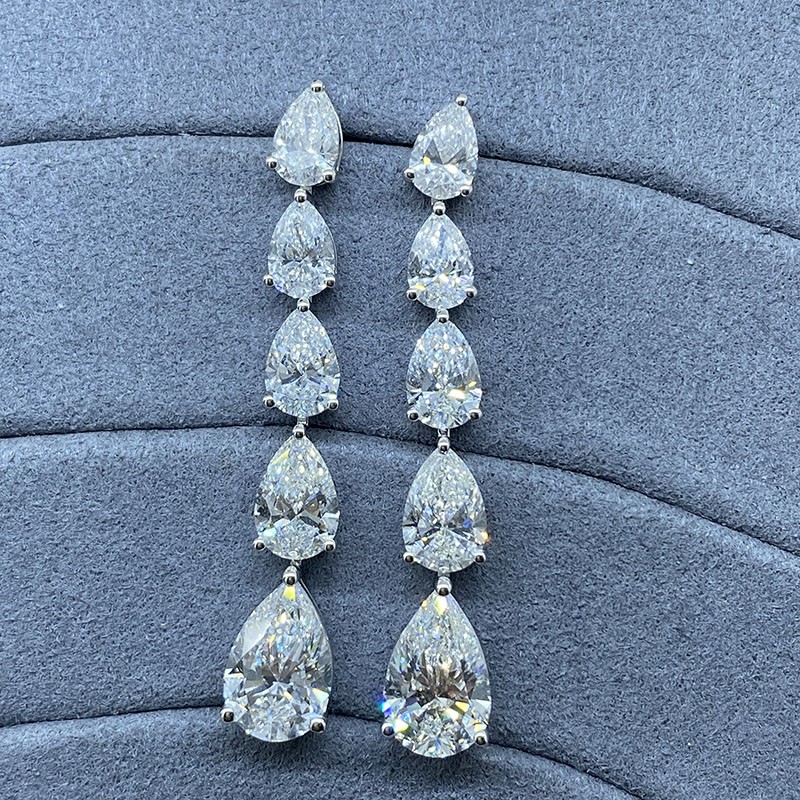

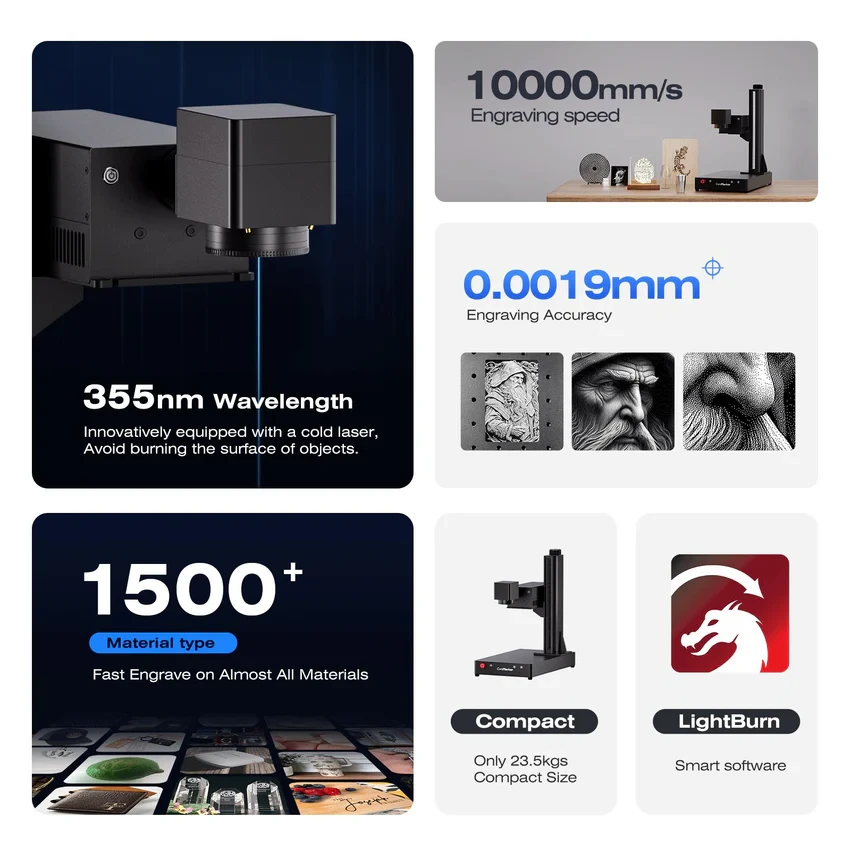

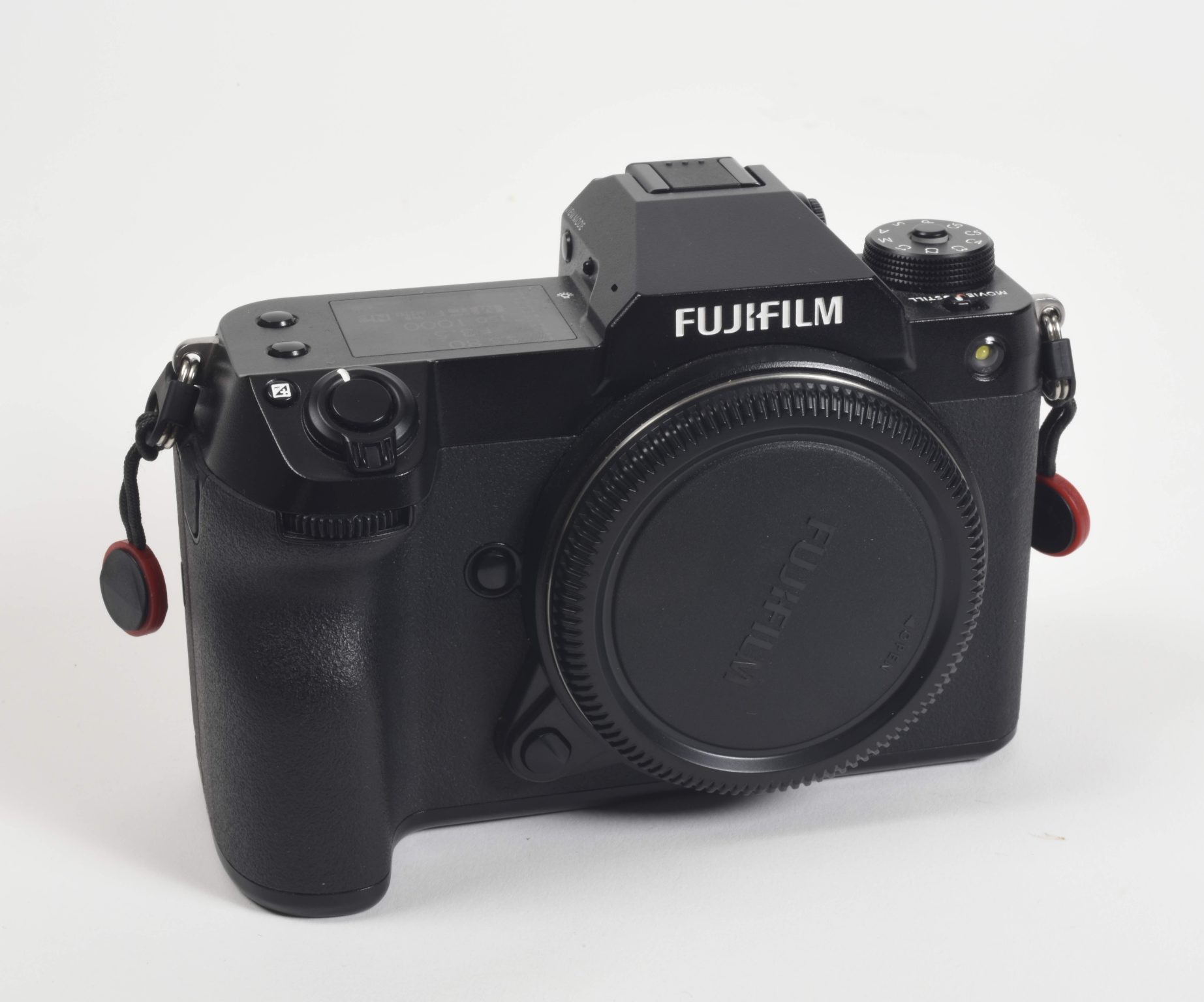
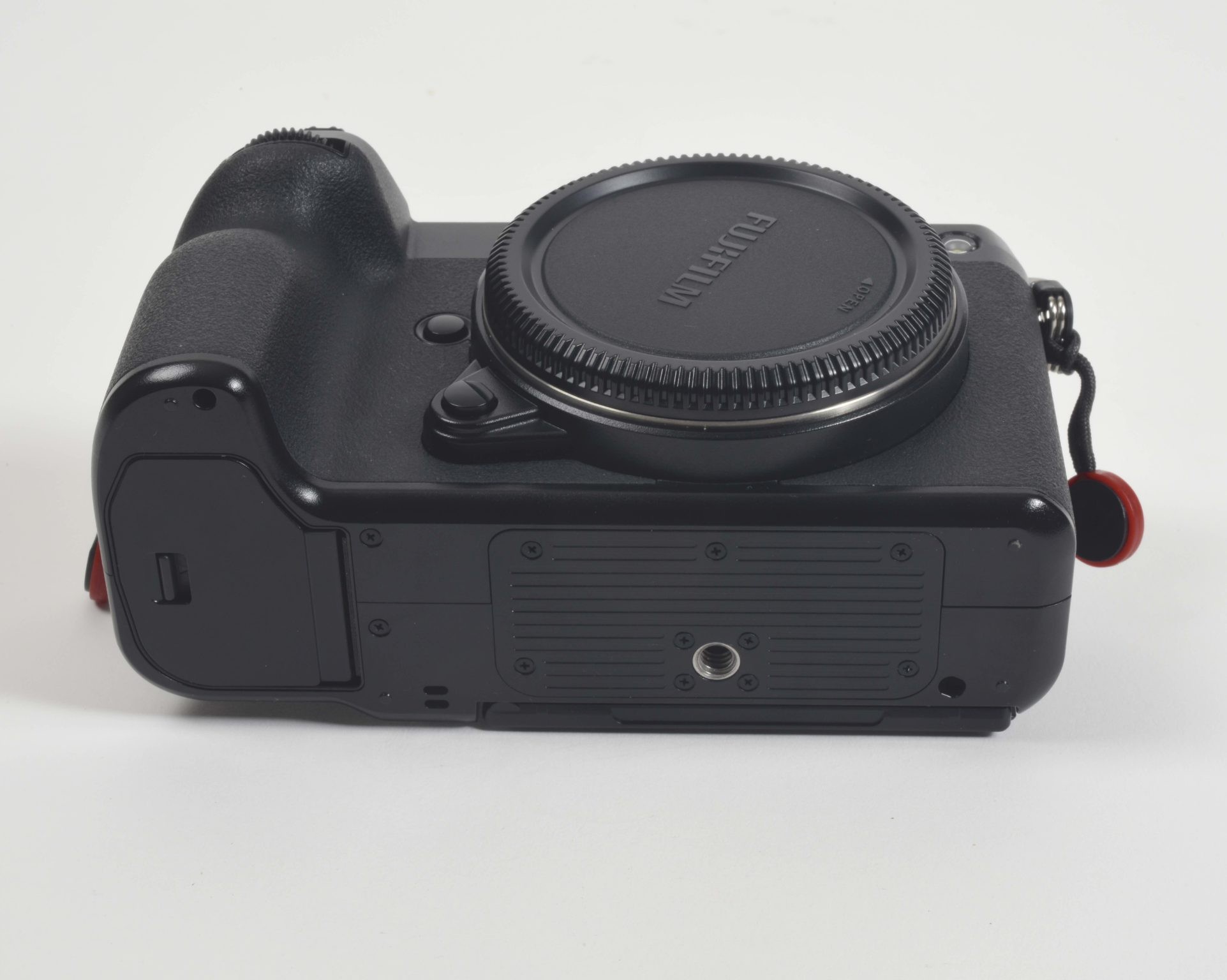
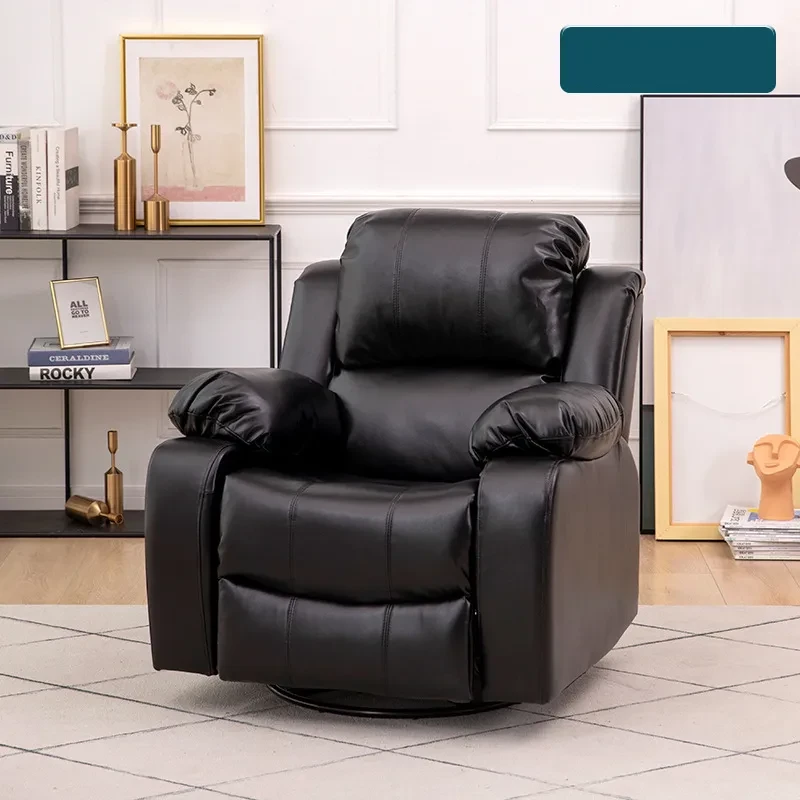

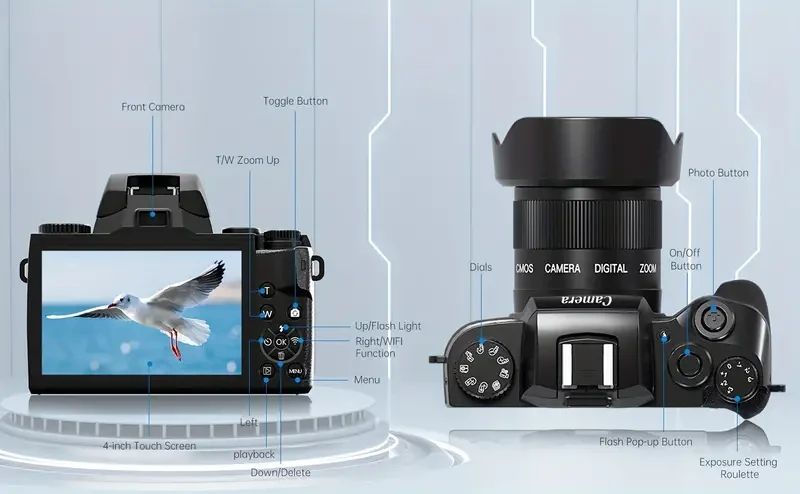


.jpg)









.jpg)





.jpeg)





.jpeg)



.jpeg)








.jpeg)



.jpeg)

.jpeg)

.jpeg)

.jpeg)




.jpeg)
.jpg)

.jpeg)






.jpeg)
.jpeg)




.jpeg)





.jpeg)


.jpeg)

.jpeg)

.jpeg)

.jpeg)







.jpeg)
.jpeg)
.jpeg)





.jpeg)



.jpeg)






.jpg)
.jpeg)









.jpg)


ulva-Logo.jpg)




.jpeg)



.png)















.png)























